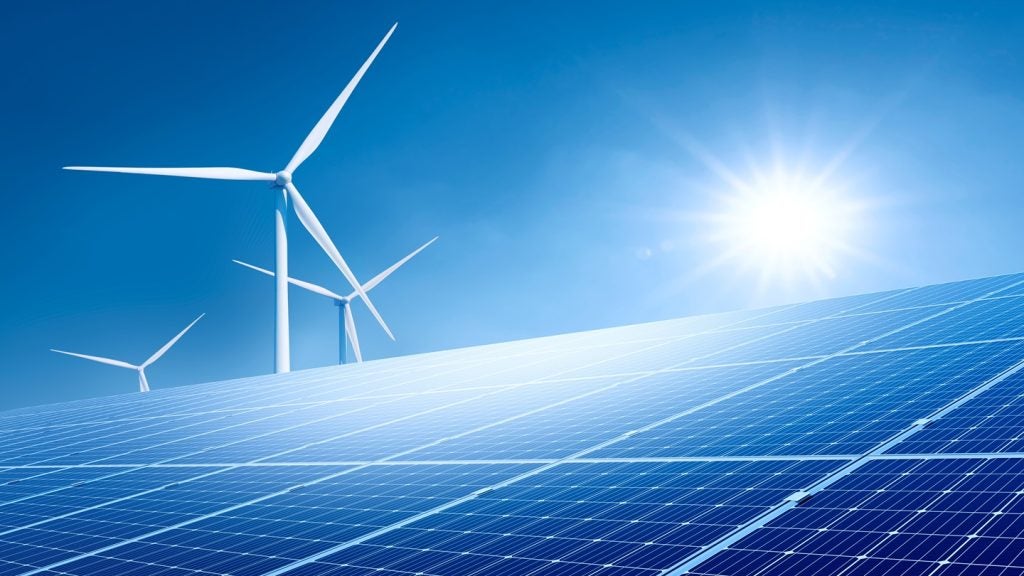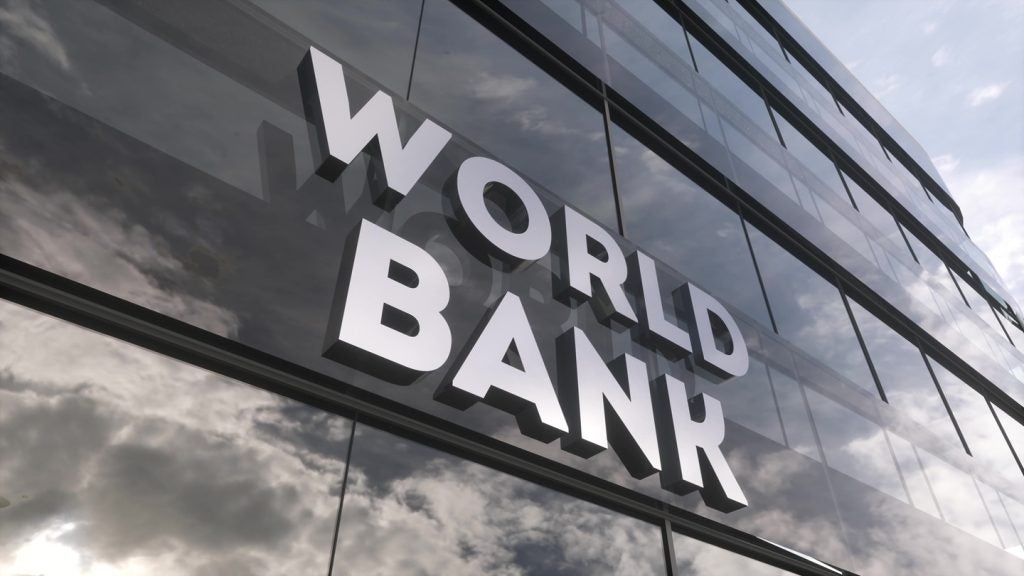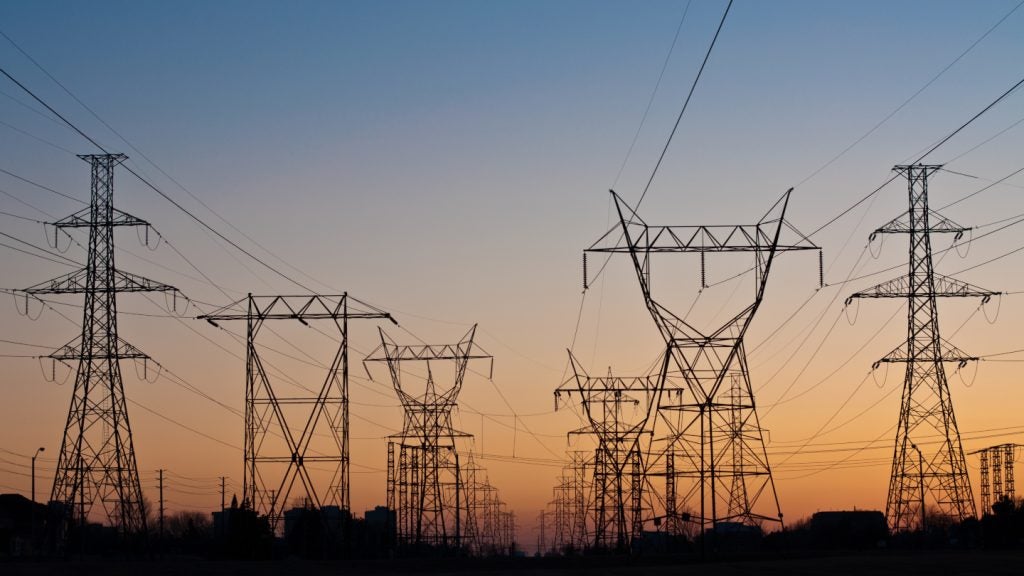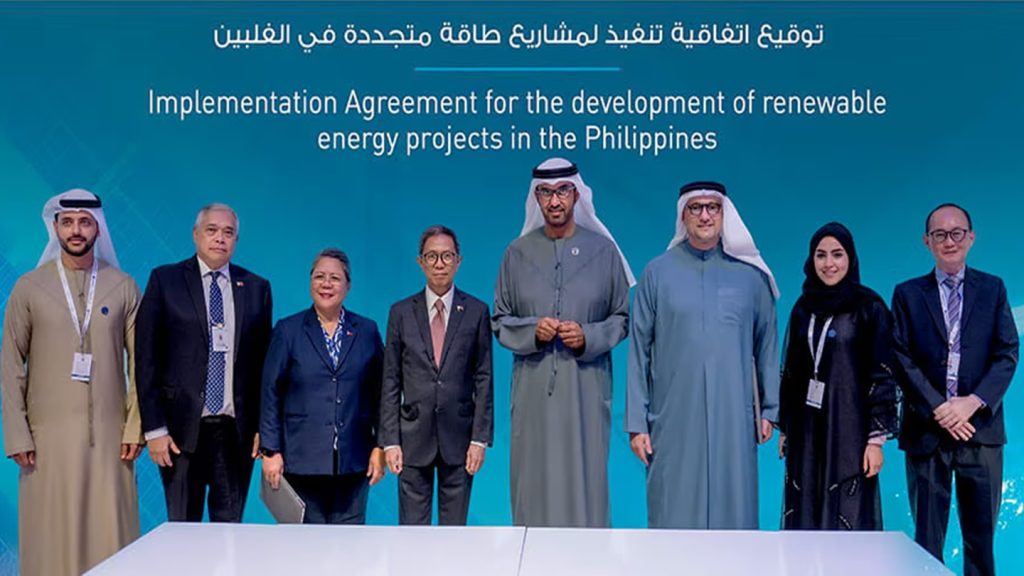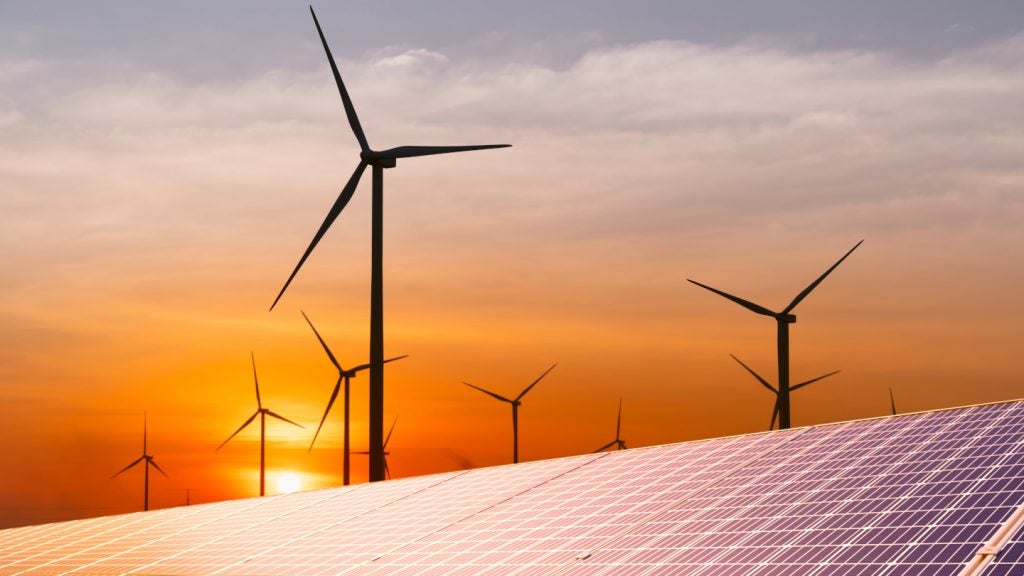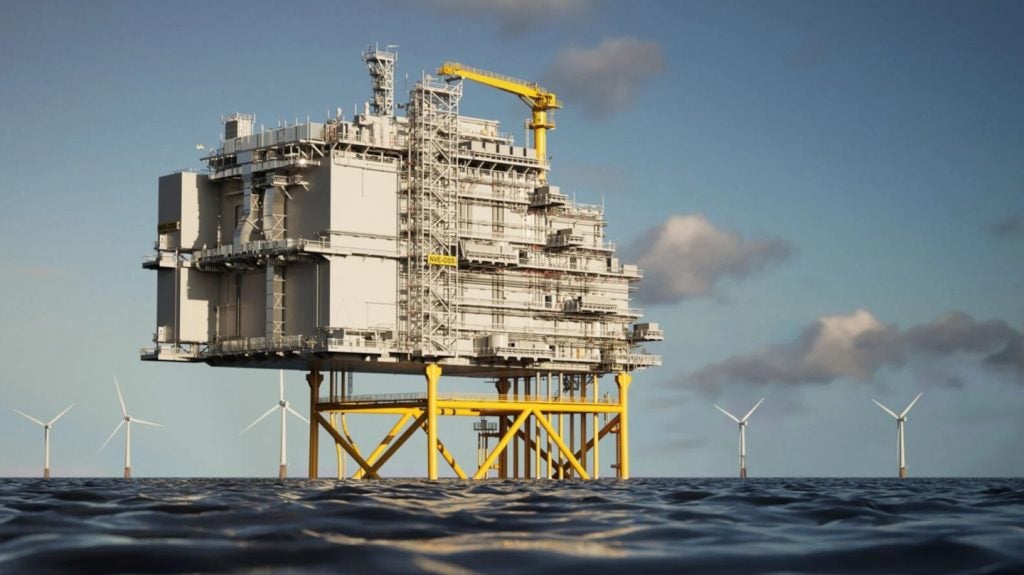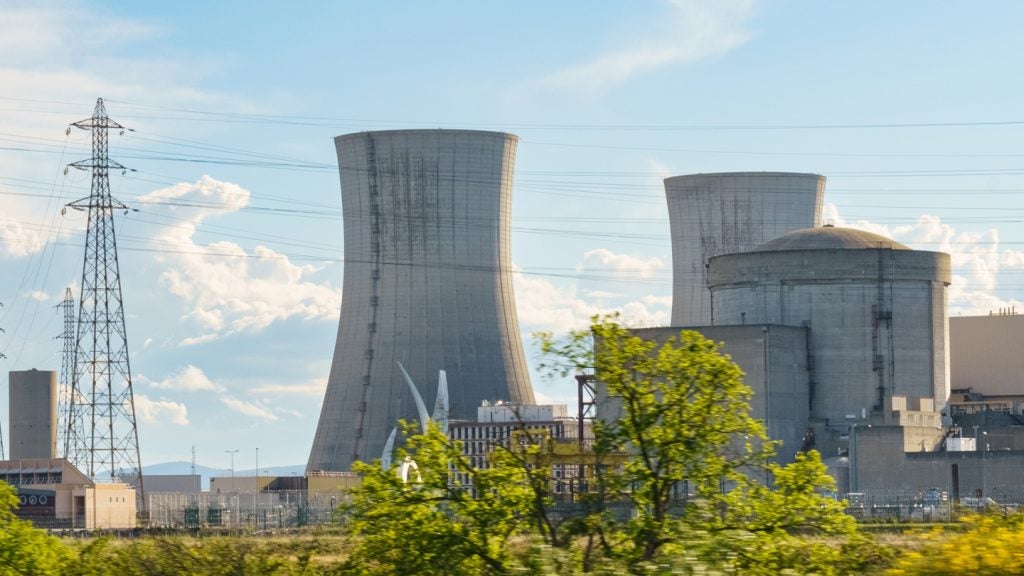China is significantly increasing its grid investment to support the surge in renewable energy, ensuring that clean power reaches homes and businesses efficiently.
According to the country's National Energy Administration, power transmission spending rose 19% to 529bn yuan ($72bn) in the first 11 months of 2023, highlighting a shift in focus towards grid infrastructure, as reported by Bloomberg.
Funding for new power capacity was larger at 866.5bn yuan, showing 12% growth. This is the first time since 2018 that annual grid investments have outpaced generation projects.
State Grid Corp of China, the country's largest operator, plans to increase spending to more than 650bn yuan in 2025, up from 600bn yuan in 2024.
The China Southern Power Grid aims to boost capital spending for network upgrades by more than 50% by 2027.
The expansion is expected to drive demand for metals such as copper, steel, aluminium and zinc, which are crucial for the energy transition amid a slowing economy.
China's wind and solar capacity more than doubled from 2020 to 2024, reaching 1,350GW and exceeding the production of all US power plants.
But challenges remain due to weather dependency and the remote location of facilities, necessitating more power lines and energy storage.
Some regions in China have excess wind and solar power, leading to generation shutdowns due to grid limitations.
Utilisation rates for these technologies have been declining, although conditions are better than in previous years.
Grid operators face pressure to adapt swiftly, as fossil fuels, particularly coal, maintain a significant share in power generation.
Delays in grid adaptation could slow the renewable energy build-out, posing challenges for China's energy transition.
In November 2024, China’s Ministry of Industry and Information Technology finalised new investment guidelines for solar photovoltaic (PV) manufacturing projects.
The move is designed to address overcapacity in the sector, a longstanding challenge that has contributed to a sharp decline in prices. By reducing excess supply, the aim is to stabilise the market and improve profitability within the industry.
The guidelines now require companies to maintain a minimum capital ratio of 30% for solar PV projects, an increase from the previous 20% for some projects.


